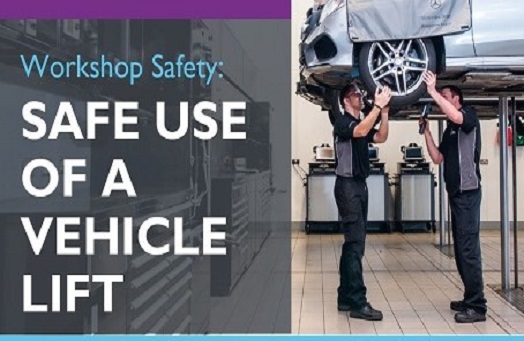This site uses cookies to ensure you get the best experience. Learn more.
Toggle Nav

Ensure the vehicle lift is suitable for the vehicle. Try to identify the vehicle´s centre of gravity - this will differ depending on whether it is front or rear-wheel drive. For rear-wheel drive vehicles, this point is usually just behind the front seats. For front-wheel vehicles, this lies further forward.
When placing the vehicle on the lift, you will need to ensure the vehicle is properly balanced - do this by shortening or extending its telescopic arms.
Depending on the size and type of the vehicle being lifted, you will either be using a symmetric or an asymmetric lift. Symmetric lifts are used to lift larger vehicles like vans, as they have 4 arms of equal length, whereas asymmetric lifts are more suited to lifting lighter cars, and they have short arms to the front and long arms to the rear to enable the driver’s door to be opened. Symmetric and Asymmetric lifts require different loading procedures.
Asymmetric arm loading guide
Symmetric arm loading guide
Whilst there are specific operating guidelines with specific lifts, there are some general guidelines which should be adhered to when operating 2-Post lifts.
Emphasis should be placed on the importance of daily checks, at the start of the day. Your daily check list includes:
If you notice any problems during a check, ensure your technicians know the procedure to report and take precautionary measures and do not use the lift until they are addressed.
Biannual inspections are advised by the HSE, whilst the Provision and Use of Work Equipment Regulations state that thorough annual inspections are compulsory under law. Whilst a regular service program is not compulsory it is highly recommended. These can be scheduled in advance of Insurance visits or after to deal with any defects which may occur and generate costly downtime.
Weve produced a handy downloadable 1 page reminder highlighting the key points to using a vehicle lift safely. These can be printed and placed in the workshop as a regular reminder to operatives.
Straightset are specialists in workshop vehicle lifts. We supply, install and service many different types of vehicle lift. We also offer training for workshop operatives. For further details please contact us on [email protected] or call 01909 480055